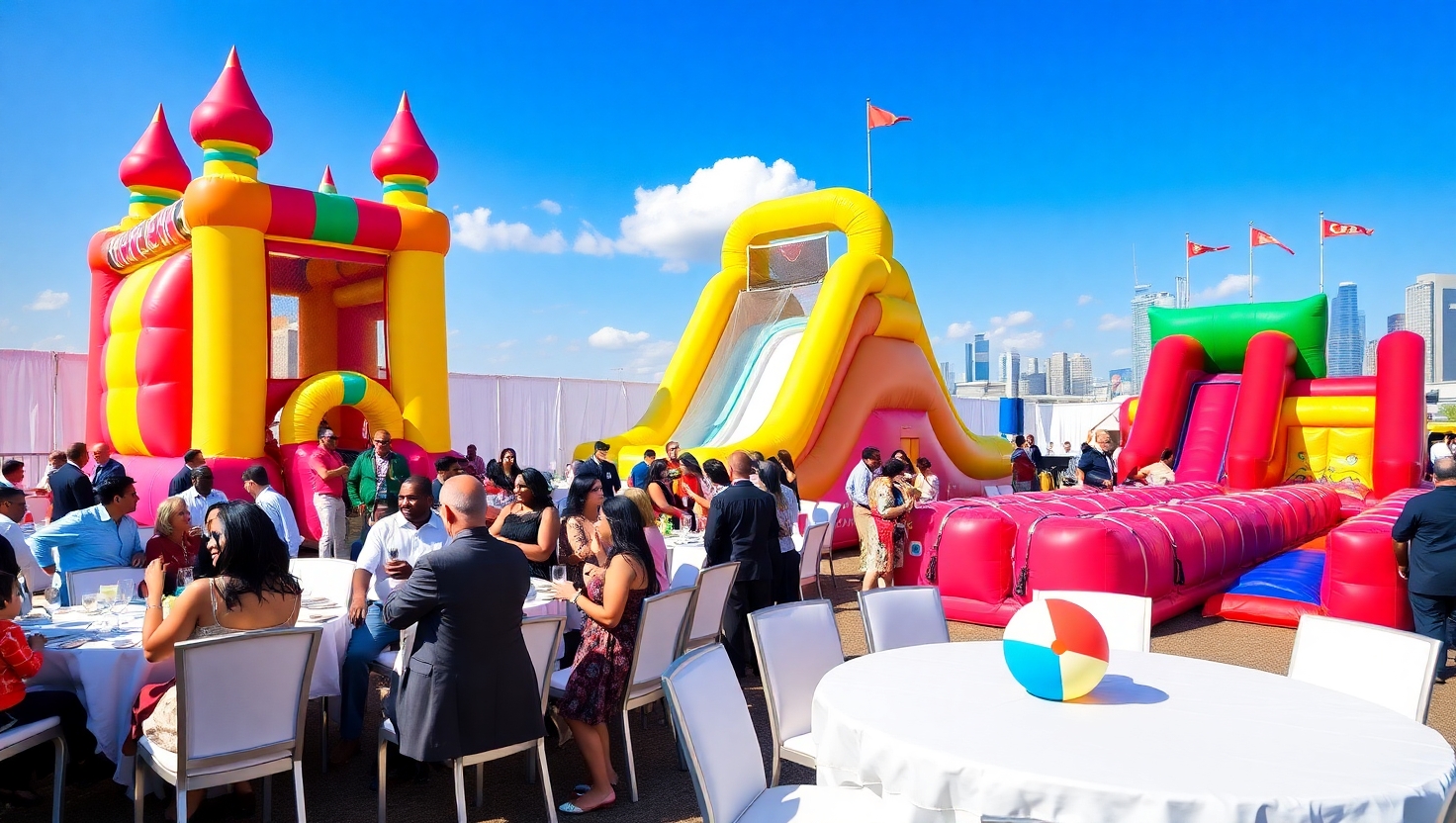
All you want to know about us
Click here to share this article

The bouncy castle business has proven to be an attractive venture for entrepreneurs looking to break into the entertainment industry. With its low startup costs, minimal operational complexity, and a growing demand for unique party experiences, it's easy to see why so many are jumping into this sector. But just how much can a bouncy castle business make? Understanding the potential earnings from operating such a business is essential for those considering it as a full-time or part-time venture.
In this article, we will explore in detail the earning potential of a bouncy castle business, including factors that influence profits, common revenue streams, and insights into what makes a successful business in this market.

Understanding the Bouncy Castle Business Model
A bouncy castle rental business primarily revolves around renting inflatable structures, such as bouncy castles, obstacle courses, and slides, for events like birthday parties, corporate gatherings, school functions, and festivals. This industry is part of the larger event and party rental market, which sees significant seasonal demand, particularly during the summer months.
The core business model includes purchasing, maintaining, and renting out these inflatable structures to clients. The average rental price for a bouncy castle can vary based on size, location, and duration, but it typically ranges between $150 and $500 per day.
A successful business owner will offer a range of products—from smaller, simple bouncy castles for children's parties to larger, more elaborate setups for festivals and corporate events. Diversification helps to capture different segments of the market, which is crucial for profitability.
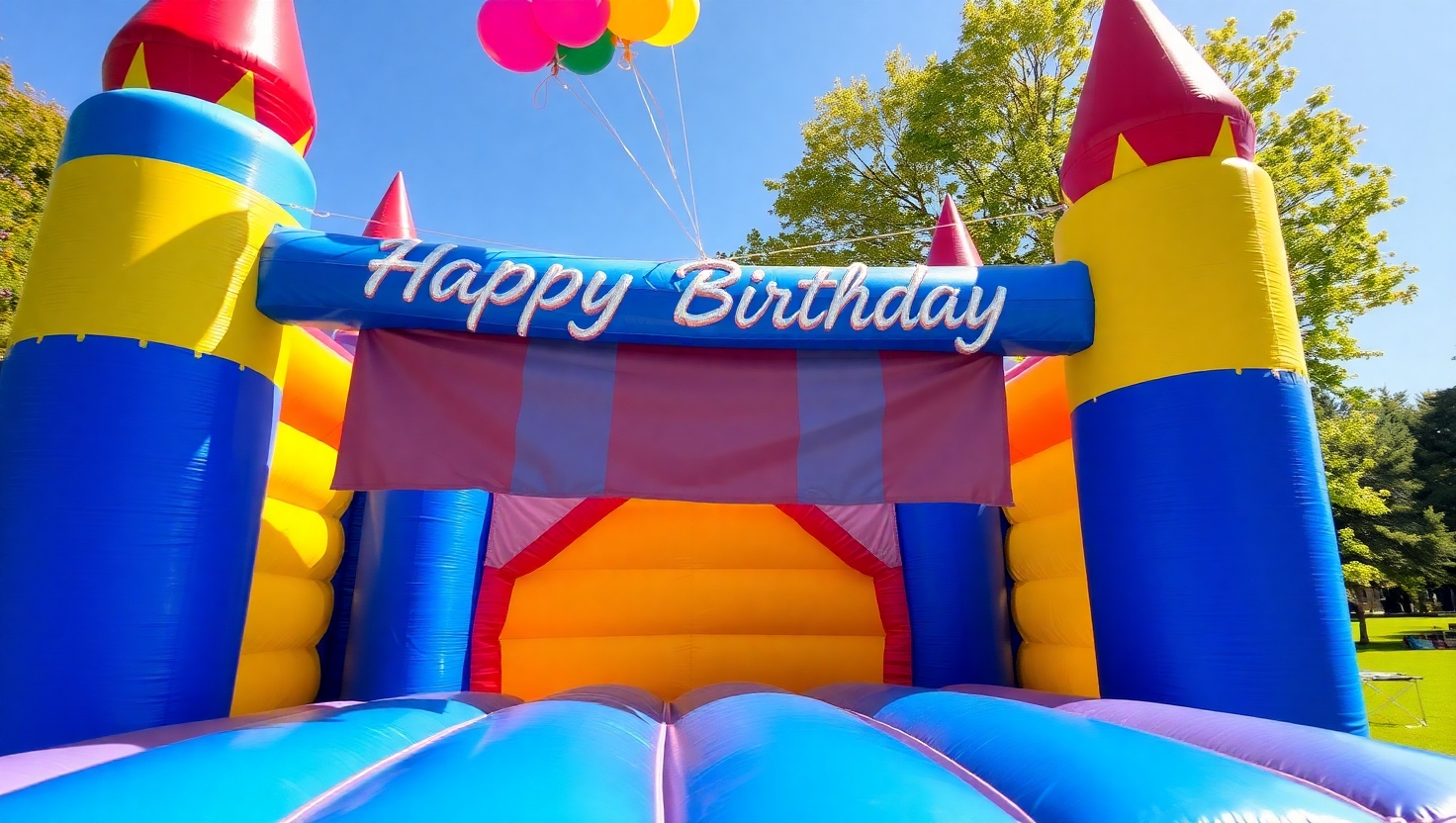
How Much Can You Expect to Earn?
The income from a bouncy castle rental business largely depends on several factors, including the scale of the operation, geographical location, and the demand for party rentals in the area. However, we can break down the potential revenue into a few key aspects:
1. Rental Rates
The price charged for a bouncy castle rental varies significantly based on location, type, and size. On average, small, standard units rent for $150 to $300 per day, while larger inflatables, such as obstacle courses or combo units, can cost $300 to $500 or more per day.
For example:
Standard Bouncy Castles: Typically priced between $150 to $250 per day.
Combo Bouncy Castles (with slides or additional features): Priced between $250 to $400 per day.
Inflatable Obstacle Courses: Can range from $400 to $800 per day.
2. Number of Rentals per Month
A small to medium-sized bouncy castle business can expect to rent out anywhere from 10 to 30 units per month on average. This number is highly dependent on factors such as the region's event culture, the time of year, and local competition.
During peak seasons—typically the warmer months—business owners might see upwards of 40-60 bookings per month. In contrast, the off-season can bring bookings down to 5-10 per month, requiring owners to adjust their pricing or offer discounts to maintain a steady income.
3. Additional Services
Beyond just renting out bouncy castles, many businesses boost their revenue by offering additional services. These services could include:
Delivery, setup, and takedown charges.
Providing party supplies, such as tables, chairs, or tents.
Offering extra features like face painting, clown performances, or party attendants to supervise the rental equipment.
These added services can increase revenue by 30% to 50%, depending on the demand for such extras in the local market.
4. Profit Margins
The profit margin for a bouncy castle business can be significant. After accounting for the initial purchase cost of each inflatable, maintenance, and labor, the operating margin often ranges from 30% to 50%. This means that for every $1,000 in revenue, you could net anywhere between $300 and $500 in profit.
The initial investment in a high-quality inflatable bouncy castle typically ranges from $2,000 to $8,000, depending on the size and features. However, this investment pays off after a few rentals, as the equipment can last for several years if properly maintained.
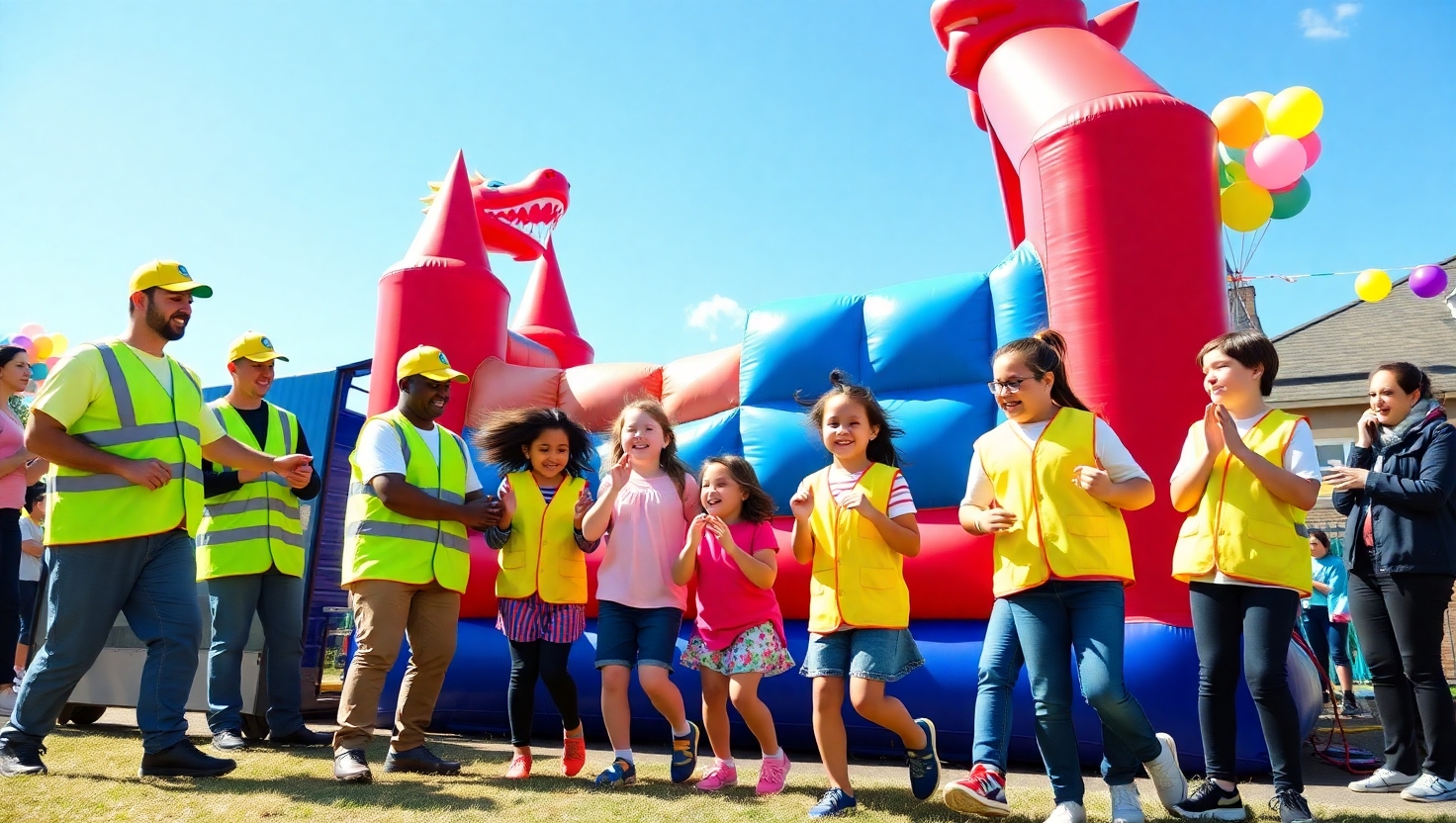
Seasonality: How Does It Affect Earnings?
Like most businesses in the event rental industry, bouncy castle rentals experience significant seasonality. The summer months and holiday periods are the busiest times of the year, with peak demand from May to September. Conversely, the colder months often see a decline in bookings, especially in regions where outdoor events are less common during winter.
However, smart operators can counteract seasonality by:
Offering indoor bouncy castles for events during colder months.
Targeting corporate events or school fundraisers, which can occur year-round.
Partnering with local venues to provide services for indoor parties or events in need of entertainment.
Average Annual Earnings
Based on an average of 20 rentals per month, a business renting out units at $250 each could generate approximately $60,000 annually. However, those with larger inventories, more popular locations, and a range of additional services can easily surpass $100,000 per year in revenue.
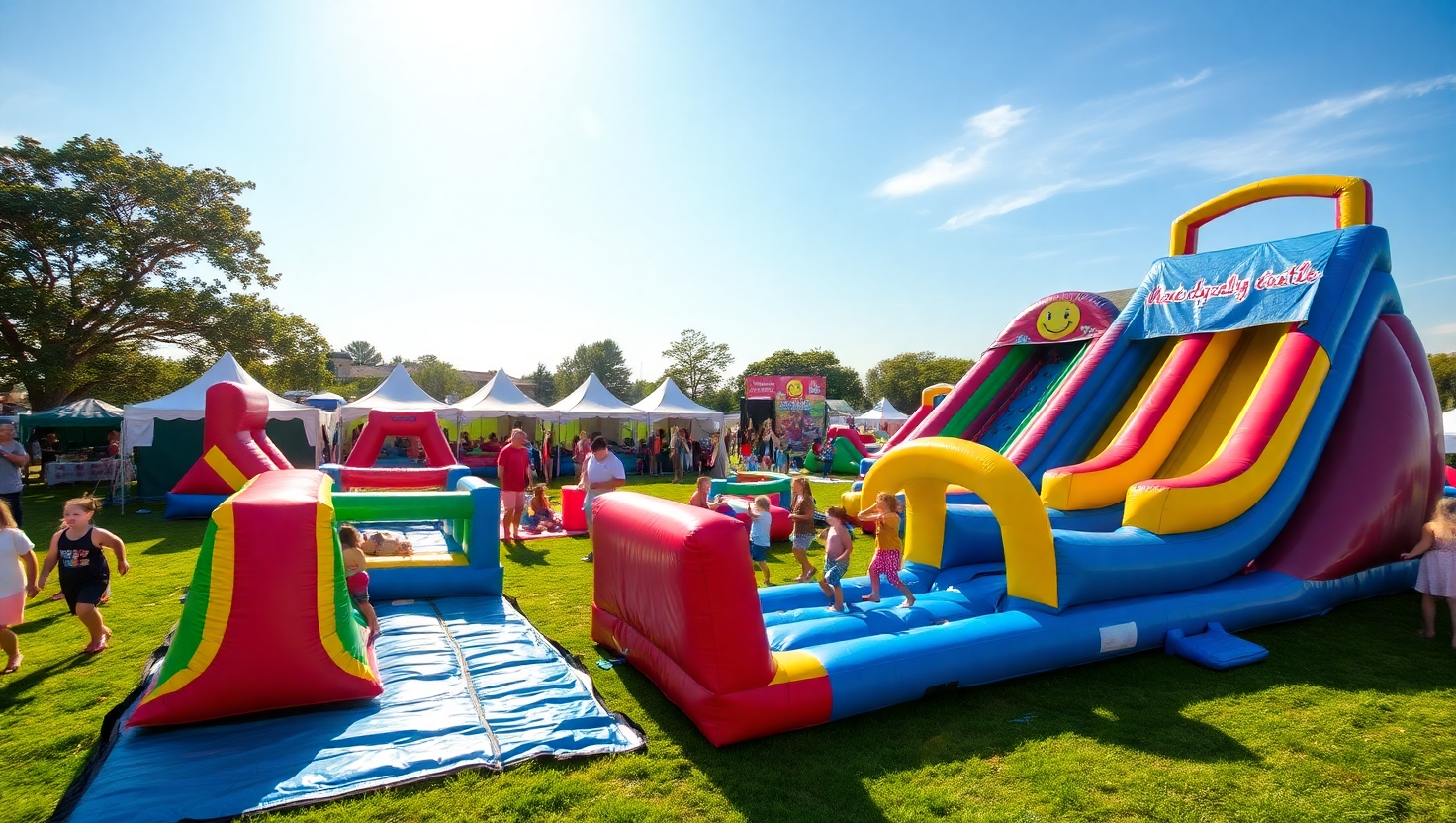
Factors Influencing Profitability
Location and Demographics
The location of your business plays a critical role in determining earnings. Businesses in densely populated urban areas typically have more opportunities to secure high-volume bookings, while those in rural or suburban regions may need to rely on a larger geographical area to attract customers. The local market—its demographics, event culture, and disposable income—also significantly impacts your profitability.
Marketing and Reputation
A strong marketing strategy is essential for attracting clients. Online presence, word-of-mouth, and social media play significant roles in driving business. Leveraging local advertising, SEO (search engine optimization), and partnerships with event planners or venues can give your business the visibility it needs to thrive.
Additionally, customer satisfaction and reputation are crucial for sustained success. Positive reviews and repeat customers are essential for long-term growth.
Competition
The level of competition in the local market can influence pricing and booking frequency. A bouncy castle business operating in an area with few competitors may be able to charge higher rates and maintain better booking schedules. However, in highly competitive markets, businesses may need to adopt pricing strategies, special offers, or diversify their services to stand out.
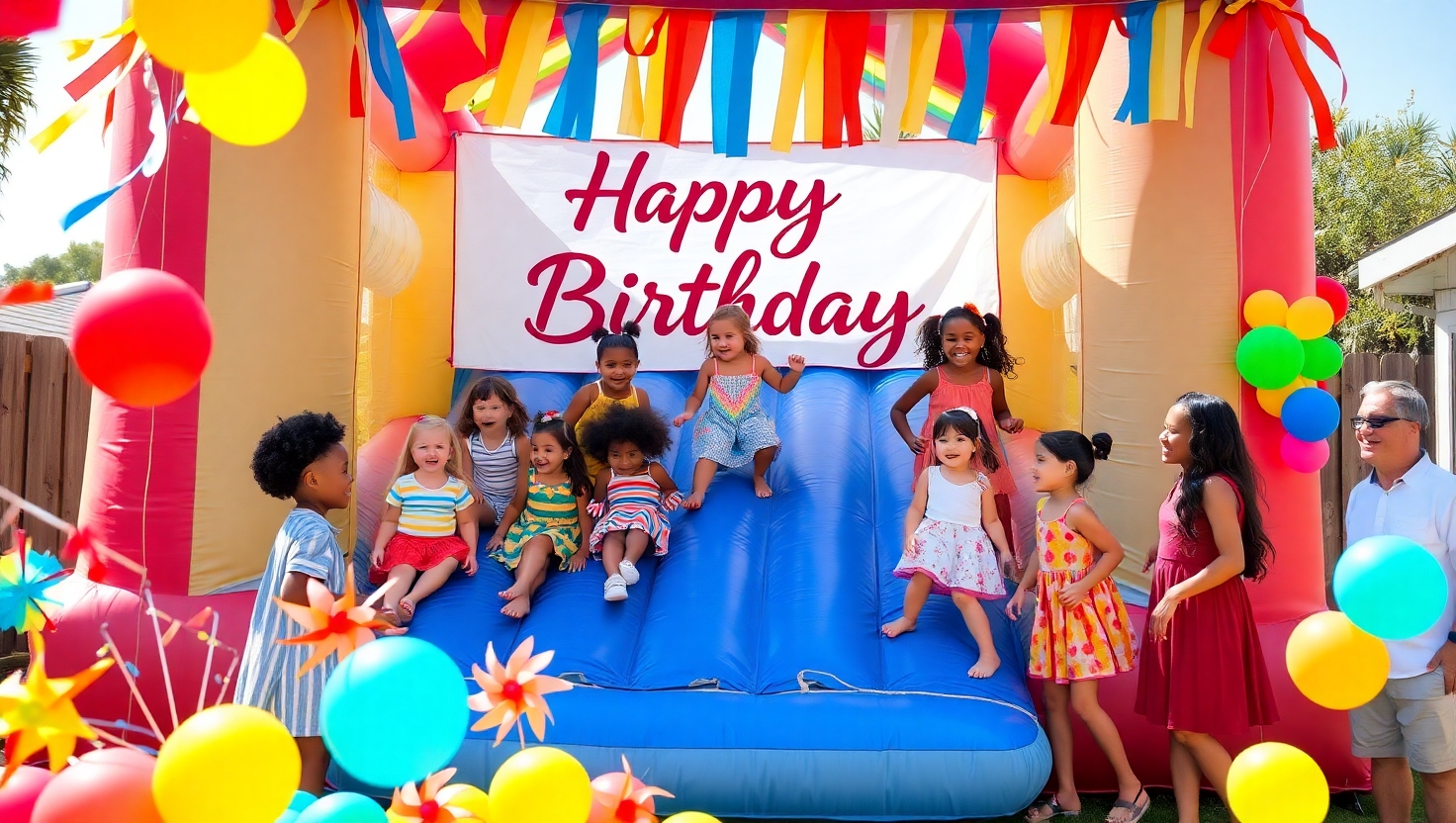
Conclusion: Is a Bouncy Castle Business Profitable?
In summary, the bouncy castle business can be a highly profitable venture, with earnings largely depending on factors such as the size of the business, the region's demand, and seasonal fluctuations. On average, a well-run business can generate anywhere from $60,000 to $100,000 annually or more. Those who invest in quality equipment, offer additional services, and effectively market their business can boost profits significantly.
Whether you're looking to establish a full-time operation or a part-time side business, the bouncy castle rental industry offers an exciting and lucrative opportunity for entrepreneurs who are willing to put in the effort to grow their brand and meet the needs of their local market.